Protein Research
The research of proteins can be traced back to the early 19th century. In 1838, the German scientist G. J. Mudler had first proposed the term “Protein” in his article, and later people had also used many other words. It was not until the beginning of this century that the term “protein” has applied uniformly. This word can date back to the Greek Προτο, meaning "most original", Chinese translated as "Protein". It had recommended to be translated as "朊" in Chinese. However, due to the long term usage history of the term “Protein”, this suggestion has not been applied widely.
In 1840, F. L. Hunefeld reported that after evaporating and concentrating the blood of the worms, the hemoglobin was crystallized. This is the first crystallized protein.
1877, crystallization also occur for the globulin extracted from Brazilian walnut.
1926 Sumner reported the crystal of the urease; Abel reported the insulin crystals, which were respectively the first enzyme protein and protein hormone crystals. At the same time, people had extensively studied the colloid chemical properties of the protein. Sved-berg designed the ultra-centrifuges and determined the molecular weight of different proteins. A.Tisilius designed electrophoresis to measure the charged nature of the different proteins. A series of experimental evidence had clarified that proteins belong to a class of macromolecules of similar basic structure and uniform molecular weight. Since then, the study of proteins had gradually entered the stage of the studying of pure molecules.
The major focus of research in 1930s and 1940s is the issues of purification, molecular size and shape, and charged nature of the protein. Fisher had initially solved the issue of determination of amino acid composition of the protein; then the chemical structure became very active research topic. Since the 1950s, F. Sanger had measured all the chemical structure of insulin; British School had carried out structure analysis for fibrous protein and L. Pauling had proposed the α-helix structure of proteins; M. F. Perutz and J. C. Kendrew had solved the three-dimensional crystal structure of hemoglobin and myoglobin. There have been a series of major breakthroughs one after another in the field of protein research. These results have provided the basis for the emergence of the molecular biology and have also made protein research become an important part of molecular biology.
Protein engineering refers to the technology of designing and synthesizing novel protein starting from the level of altering genes from the DNA level. Protein engineering mainly studies the protein separation and purification, analysis of protein structure and function, design and prediction as well as modification and production of proteins through genetic engineering approaches, where the study the relationship between the protein structure and function is the core protein engineering. The protein engineering techniques comprehensively take advantage of the three-dimensional structure of the proteins, detailed information of structure and function; apply site-directed mutagenesis for direct modification of, or artificially synthesize genes, purposefully designing and altering a specific amino acids residues and structure areas of the protein molecule, thereby directionally altering the nature of the protein, making it a novel protein having the desired properties, or creating proteins of unique properties that not found in nature.
With the rapid development of molecular biology, structural biology and bioinformatics, protein engineering has achieved rapid development in recent years, becoming an important means for the study of protein structure and function, while having been widely used in protein research and drug design.
- Structure:
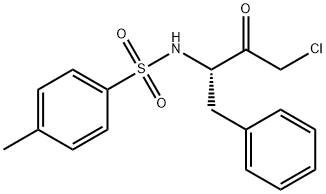
- Chemical Name:TPCK
- CAS:402-71-1
- MF:C17H18ClNO3S
- Structure:
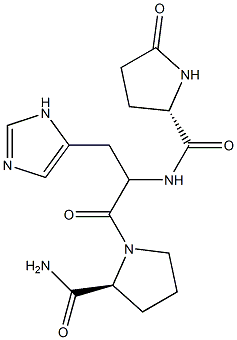
- Chemical Name:HOLO-TRANSFERRIN
- CAS:11096-37-0
- MF:C16H22N6O4
- Structure:
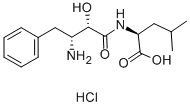
- Chemical Name:BESTATIN HYDROCHLORIDE
- CAS:65391-42-6
- MF:C16H25ClN2O4
- Structure:
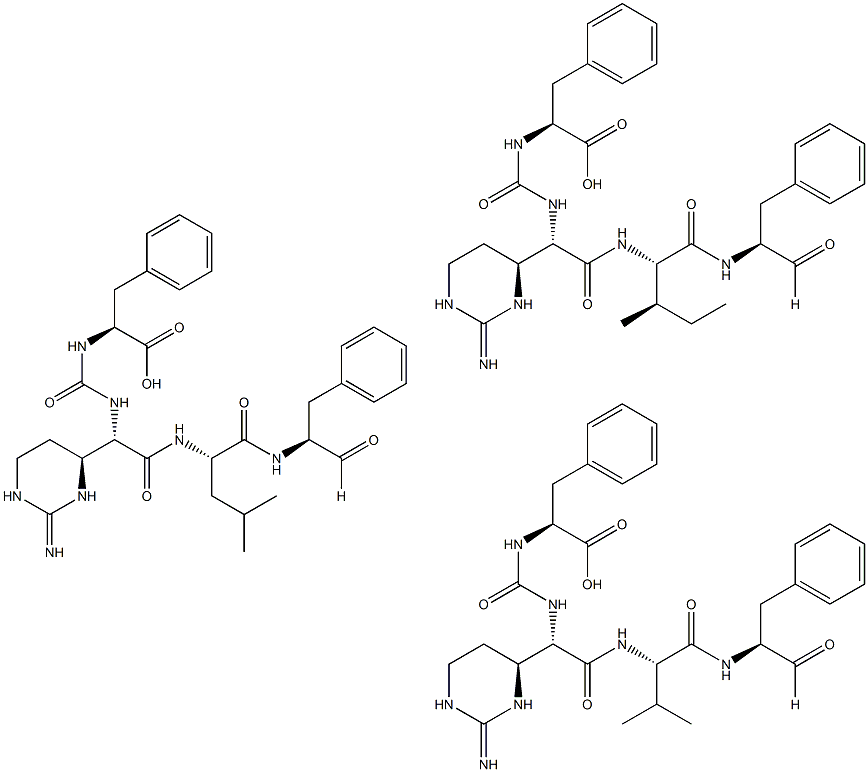
- Chemical Name:CHYMOSTATIN
- CAS:9076-44-2
- MF:C92H121N21O18
- Structure:
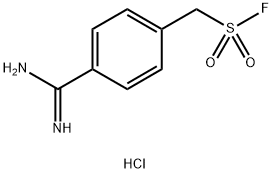
- Chemical Name:4-Amidinophenylmethanesulfonyl fluoride hydrochloride
- CAS:74938-88-8
- MF:C8H10ClFN2O2S
- Structure:
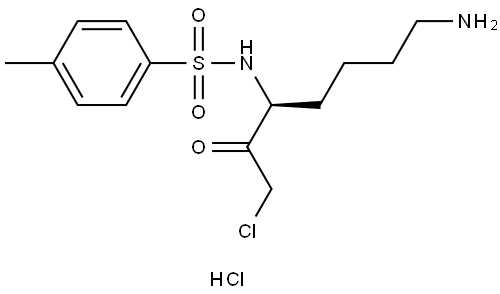
- Chemical Name:TLCK
- CAS:4272-74-6
- MF:C14H21ClN2O3S.ClH
- Chemical Name:CARBOXYPEPTIDASE W
- CAS:9046-67-7
- MF:
- Structure:
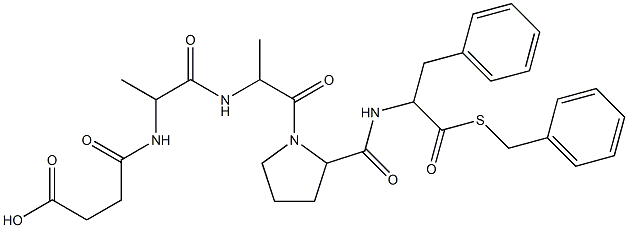
- Chemical Name:CARBOXYPEPTIDASE B
- CAS:9025-24-5
- MF:C31H38N4O7S
- Chemical Name:100X Bacterial protease inhibitors complex
- CAS:
- MF:
- Chemical Name:100X Phosphatase inhibitor complex I
- CAS:
- MF:
- Structure:
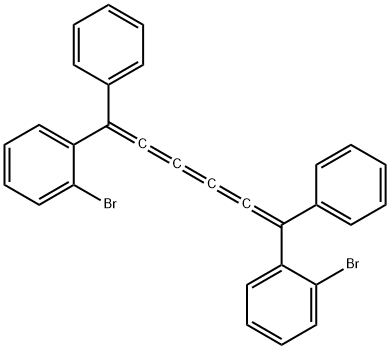
- Chemical Name:CALPAIN INHIBITOR I
- CAS:13632-32-1
- MF:C30H18Br2
- Structure:
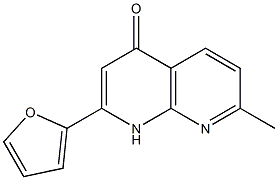
- Chemical Name:HEMOGLOBIN
- CAS:9008-02-0
- MF:C13H10N2O2
- Chemical Name:TRYPSIN INHIBITOR
- CAS:12786-39-9
- MF:
- Structure:
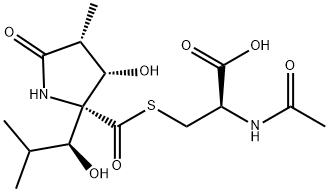
- Chemical Name:LACTACYSTIN
- CAS:133343-34-7
- MF:C15H24N2O7S
- Chemical Name:28-189-Protein CbpA (Clostridium cellulovorans clone pCB1 gene cbpA cellulose-binding precursor reduced) (9CI)
- CAS:160478-79-5
- MF:
- Chemical Name:100X Protease Inhibitor Cocktail,For Plant Cell
- CAS:
- MF:
- Chemical Name:100X Protease Inhibitor Cocktail,For Fungal/Yeast Cell
- CAS:
- MF:
- Chemical Name:Amastatin;(2S,3R)-3-Amino-2-hydroxy-5-methylhexanoyl-Val-Val-Asp hydrochloride
- CAS:
- MF:
- Chemical Name:Neutrophil Elastase Inhibitor Screening Kit
- CAS:
- MF:
- Chemical Name:TRYPSIN INHIBITOR
- CAS:91755-87-2
- MF:
- Structure:
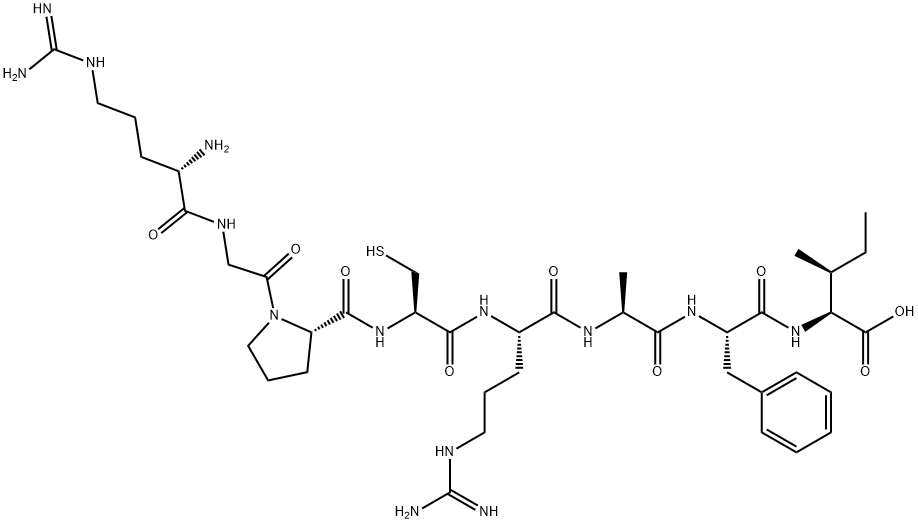
- Chemical Name:Urinary Trypsin Inhibitor
- CAS:164859-77-2
- MF:C40H66N14O9S
- Chemical Name:1 VIAL PROTEASE-INHIBITOR-MIX G (31,2 MG)
- CAS:
- MF:
- Chemical Name:PROTEASE INHIBITOR COCKTAIL, W/EDTA
- CAS:
- MF:
- Chemical Name:CARBOXYPEPTIDASE A
- CAS:11075-17-5
- MF:NULL
- Chemical Name:HumanUrinaryTrypsinInhibitor(Uti)
- CAS:
- MF:
- Chemical Name:Ferritin
- CAS:79468-83-0
- MF:
- Chemical Name:CARBOXYPEPTIDASE INHIBITOR
- CAS:56092-22-9
- MF:
- Chemical Name:Animal cells protease inhibitor complex II 10 x
- CAS:
- MF:
- Chemical Name:Fungi and yeast proteinase inhibitor complex 100 x
- CAS:
- MF:
- Chemical Name:1 VIAL PROTEASE-INHIBITOR-MIX FY
- CAS:
- MF:
- Structure:
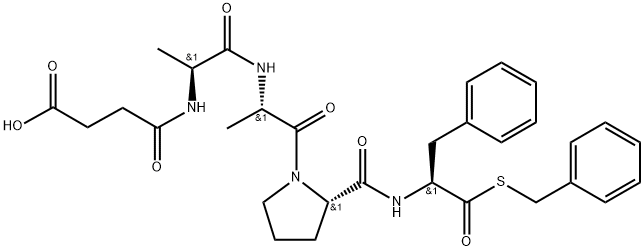
- Chemical Name:CARBOXYPEPTIDASE B
- CAS:80651-95-2
- MF:C31H38N4O7S
- Chemical Name:Protease Inhibitor Cocktail (For Bacterial Cell, EDTA Free)
- CAS:
- MF:
- Chemical Name:25 MG CALPAIN INHIBITOR IIRESEARCH GRADE
- CAS:136632-32-1
- MF:C19H35N3O4S1
- Chemical Name:Animal cells protease inhibitor complex I 100 x
- CAS:
- MF:
- Chemical Name:Cathepsin S Inhibitor Screening Kit
- CAS:
- MF:
- Structure:
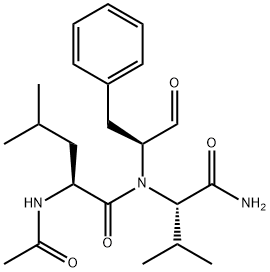
- Chemical Name:AC-LEU-VAL-PHE-ALDEHYDE
- CAS:160369-84-6
- MF:C22H33N3O4
- Chemical Name:ALPHA-1-ANTITRYPSIN
- CAS:9041-92-3
- MF:
- Chemical Name:Bacterial protease inhibitors complex 100 x
- CAS:
- MF:
- Chemical Name:NMI
- CAS:
- MF:
- Chemical Name:Deacetylase Inhibitor Cocktail, 100X
- CAS:
- MF:
- Chemical Name:Carboxypeptidase B,bovine pancreas
- CAS:
- MF: